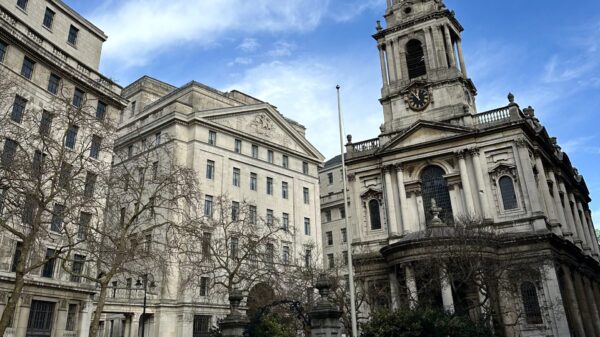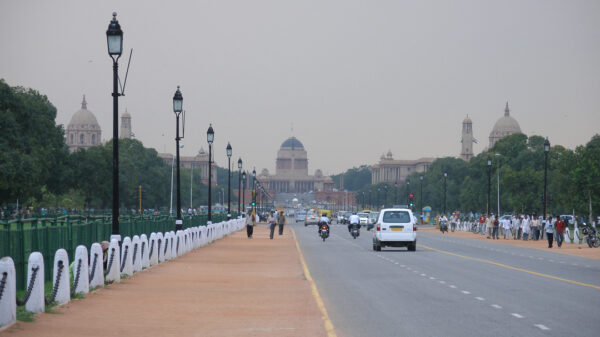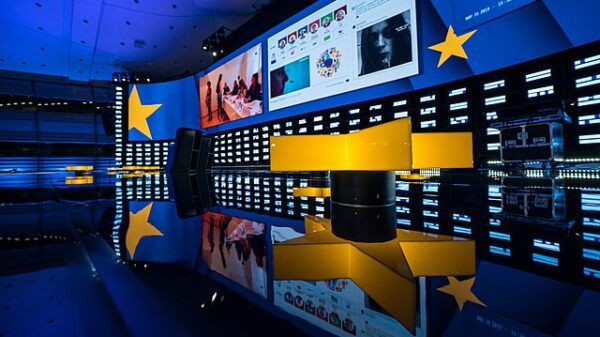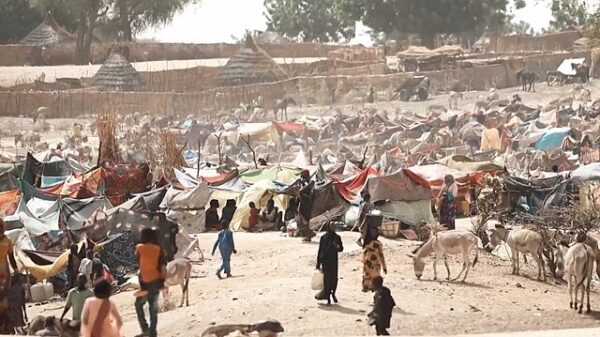A metaphor we have seen a myriad of times, the rainbow represents joint forces, diversity and desire. Commonly used in art and culture, the symbol has more meanings than the number of coloured stripes that compose its structure. Although a token, primarily used in support of the LGBTQ+ community, its connotations carry multiple historical depths.
A prominent reference of the rainbow can be found in Irish culture, where the symbol is synonymous with St. Patrick’s Day and the legends of the Leprechauns. The image takes many forms in religion, too; in the Bible’s Genesis flood narrative, God shone a rainbow as a “token of the covenant†to never destroy the earth again.
Many cultures agree that the rainbow is a symbolic bridge between higher powers and humanity. Greek mythology considers it to be a path created by Iris, a messenger of Gods, forming a link between heaven and earth. Norse religion follows a similar belief – that the bridge would only be attainable by those who are virtuous.
The positive connotations are not shared in all culture. In Virginia Woolf’s novel, To the Lighthouse, which is based on the unresolved issues with her parents, she refers to the rainbow as “ephemeral.†Woolf connotes the transience of life and that, unfortunately, humans are mortal, with time as their greatest obstacle.
In our modern era, the rainbow has become a political symbol of equality and rights for the LGTBQ+ community, which dates back to the June 1969 Stonewall riots. Gilbert Baker designed the flag in 1978, with each colour having a different meaning: Life, Healing, Sunlight, Nature, Serenity, and Spirit. Interestingly, the original design included hot-pink and turquoise, but due to production issues, those colours had been removed to form the present iconic six-colour flag.
Although we might expect the rainbow to represent an aspiration for a better tomorrow during coronavirus lockdown, one cannot ignore its reminder that time is not on our side. In our everyday lives, we tend to forget the fragility of life; now, on the other hand, it’s on every corner. Jack Sheppard, who has given a TEDx Talk on the importance of LGBTQ+ representation in media, said: “The LGBT community now more than ever need to be seen, as well as heard, and make sure that after this pandemic, the pride flag can continue to be representative of and recognisable as a symbol of queerness.â€
In contrast, MP John Nicolson, who identifies as gay, tweeted a response to the “rainbow crisis” in April. After discussing how the rainbow gradually began to represent the LGBTQ+ community, he questioned the link between rainbows and sexual orientation. From his perspective: “Sexual orientation is inherent, not taught … So, let the NHS fly the rainbow flag, I say. Schools, too. I’ll encourage them at every turn. And I hope, perhaps, that we’ll produce a happier and less angry generation than yours or mine. But if, by any chance, you do manage to find a link between rainbows and sexual orientation, get on to the Nobel Prize Committee without delay. You’ll be a shoo-in.†While opinions within the community might differ, it is essential to note that these are views of different generations; the Pride movement grows each year, and the community strengthens as a result.
These interpretations of the rainbow all connect to express an aspiration of change. The positive meanings we see historically represented by the rainbow are still depicted in the flag that continues to wave for Pride. The LGBTQ+ community seeks a better future, where acceptance is absolute and fear is abolished.
Woolf’s words must not be taken lightly: one cannot wait for change. The light that forms the rainbow refracts against multiple facets. Each ray of colour represents history, individuals, riots and losses that have led to the progress we see today in the LGBTQ+ community. In poetry, in art and any form of creation, every metaphor, every word and every picture has an underlying meaning – a representation of something bigger.














